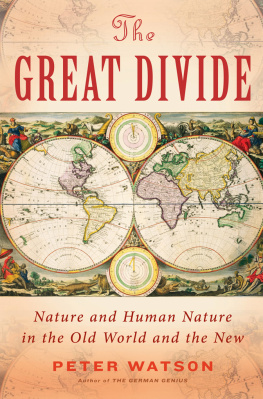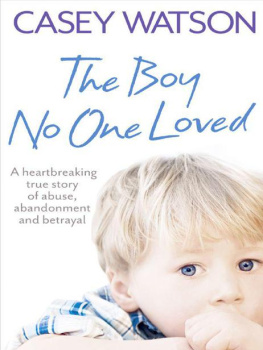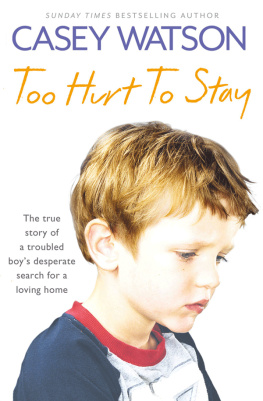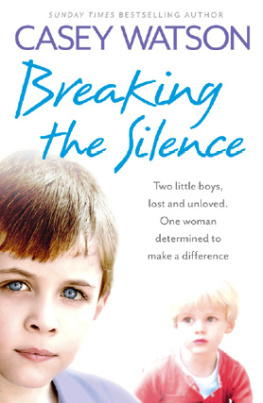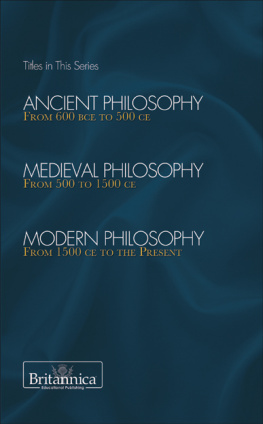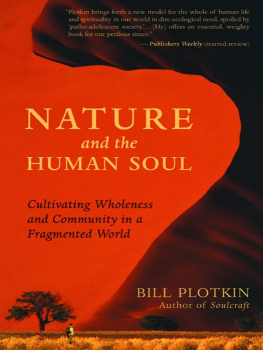THE GREAT DIVIDE
N ATURE AND H UMAN N ATURE IN THE O LD W ORLD AND THE N EW
PETER WATSON

To Kathrine
C ONTENTS
T HE A ZTECS AS EVIL AS NAZIS
I n 2009 the British Museum in London staged an exhibition entitled Moctezuma: Aztec Ruler which did not go down at all well in some quarters. Critics felt aggrieved that the rulers name had been changed from Montezuma to Moctezuma, the former spelling having been in satisfactory use for 500 years. But beyond that, these critics found the quality of Aztec craftsmanship to be poor, no better than bric--brac to be found in Londons Portobello Road, a popular antiques bazaar. The art critic of the London Evening Standard found that, compared with the achievements of Donatello and Ghiberti (i.e., broadly contemporary European artists), the Aztec material was pretty feeble stuff, that there was no art in the barbarism of the Aztec world, that many of the masks were of the utmost hideousness, gruesome and grotesque fetishes of a cruel culture. The London Mail on Sunday was equally forthright. In an article headlined, B RITISH M USEUM A RTEFACTS A S E VIL A S N AZI L AMPSHADES M ADE F ROM H UMAN S KIN , Philip Hensher, a writer listed as one of the 100 most influential people in Britain, wrote: If there is a more revoltingly inhumane and despicable society known to history than the Aztecs, I really dont care to know about it. On top of the moral and aesthetic ugliness of the Aztecs, this critic concluded that It is difficult to imagine a museum display that gives off such an overwhelming sense of human evil as this one.
Strong words, but there are other ways of looking at the civilisations of the New World. In two recent books, for example, the authors stress the ways in which the ancient Americans outstripped their Old World counterparts. Gordon Brotherston, in his The Book of the Fourth World, describes the Mesoamerican calendar as demanding greater chrono-metric sophistication than the West was at first capable of . Charles Mann, in his excellent book, 1491: New Revelations of the Americas Before Columbus, points out not only that the Mesoamerican 365-day calendar was more accurate than its contemporaries in Europe, but that the population of Tiwanaku (in ancient Bolivia) reached 115,000 in AD 1000, five centuries ahead of Paris, that Wampanoag Indian families were more loving than the families of the English invaders, that Indians were cleaner than the British or French they came into contact with, that Indian moccasins were so much more comfortable and waterproof than mouldering English boots, that the Aztec empire was bigger by far than any European state, and that Tenochtitln had botanical gardens when none existed in Europe.
Such ad hoc individual comparisons, though interesting enough on the face of it, may or may not mean anything in the long run. After all, there is no getting away from the fact that it was the Europeans who sailed westward and discovered the Americas and not the other way round. There is also no getting away from the fact that, over the last thirty years, a body of knowledge has built up which does indeed confirm that, in some significant respects, the ancient New World was very different from the Old World.
The most telling of these differences falls in the realm of organised violence. In research for this book, I counted twenty-nine titles published in the last thirty years one a year devoted to human sacrifice, cannibalism and other forms of ritual violence. Here, for example, are the titles published since the millennium: The Taphonomy of Cannibalism, 2000; Ritual Sacrifice in Ancient Peru, 2001; Victims of Human Sacrifice in Multiple Tombs of the Ancient Maya, 2003; Cenotes, espacios sagrados y la prctica del sacrificio humano en Yucatn, 2004; Human Sacrifice, Militarism and Rulership, 2005; Human Sacrifice for Cosmic Order and Regeneration, 2005; Meanings of Human Companion Sacrifice in Classic Maya Society, 2006; Sacrificio, tratamiento ritual del cuerpo humano en la Antigua sociedad maya, 2006; Procedures in Human Heart Extraction and Ritual Meaning, 2006; New Perspectives on Human Sacrifice and Ritual Body Treatment in Ancient Maya Society, 2007; The Taking and Displaying of Human Body Parts as Trophies by Amerindians, 2007; Bonds of Blood: Gender, Lifecycle and Sacrifice in Aztec Culture, 2008; Los Origines de Sacrificio Humano en Mesoamerica Formativo, 2008; Walled Settlements, Buffer Zones and Human Decapitation in the Acari Valley, Peru, 2009; Blood and Beauty: Organised Violence in the Art and Archaeology of Mesoamerica and Central America, 2009. Jane E. Buikstra, an expert on Mayan mortuary techniques, has calculated that the number of scholarly papers on Mayan ritual violence has grown from about two a year before 1960 to fourteen a year in the 1990s, a rate of publication that continued at least until 2011. On top of this, research into ritual violence in pre-Columbian North America has also grown. According to John W. Verano, professor of anthropology at Tulane University in New Orleans, each year brings a significant new discovery. Again, it is not so much the level of violence that fascinates researchers, so much as its organised nature and the specific forms of brutality that existed, and different New World attitudes and practices in regard to the associated pain.
It was an awareness of these seemingly strange yet significant differences between the hemispheres, and a desire to make sense of the context, that sparked the idea for this book. Initially, my ideas were worked out in discussion with Rebecca Wilson, my editor at Weidenfeld & Nicolson in London, but they have since benefited greatly from the energies of Alan Samson, publisher at W&N. I would also like to thank the indexer Helen Smith, and the following specialist scholars archaeologists, anthropologists, geographers for their input, some of whom have read all or parts of the typescript, and have corrected errors and made suggestions for improvements: Ash Amin, Anne Baring, Ian Barnes, Peter Bellwood, Brian Fagan, Susan Keech McIntosh, Chris Scarre, Kathy Tubb, Tony Wilkinson and Sijia Wang. Needless to say, such errors and omissions as remain are the sole responsibility of the author.
I would also like to thank the staffs of several research libraries: The Haddon Library of Archaeology and Anthropology, in the University of Cambridge; the Institute of Archaeology Library, in the University of London; the London Library, St Jamess Square, London; the Library of the School of Oriental and African Studies, also in the University of London.
From time to time, instead of repeating the phrases Old World/ New World, I have varied the wording and employed western/ eastern hemisphere or the Americas/Eurasia. This is simply for the great divide the sake of variety (and, occasionally, strict accuracy), and nothing ideological is implied by this usage.
I have sometimes used BC to date sites, or events, and sometimes BP (before the present). This respects the wishes of the researchers whose work is being discussed.
This is a book that concentrates on the differences between Old World and New World peoples. This is not to deny that there are also many similarities between the civilisations that existed in both hemispheres before the Europeans discovered America. In fact, investigation of these similarities has thus far been the chief interest of archaeologists. For readers who wish to explore these similarities, they are referred to an appendix available online at

